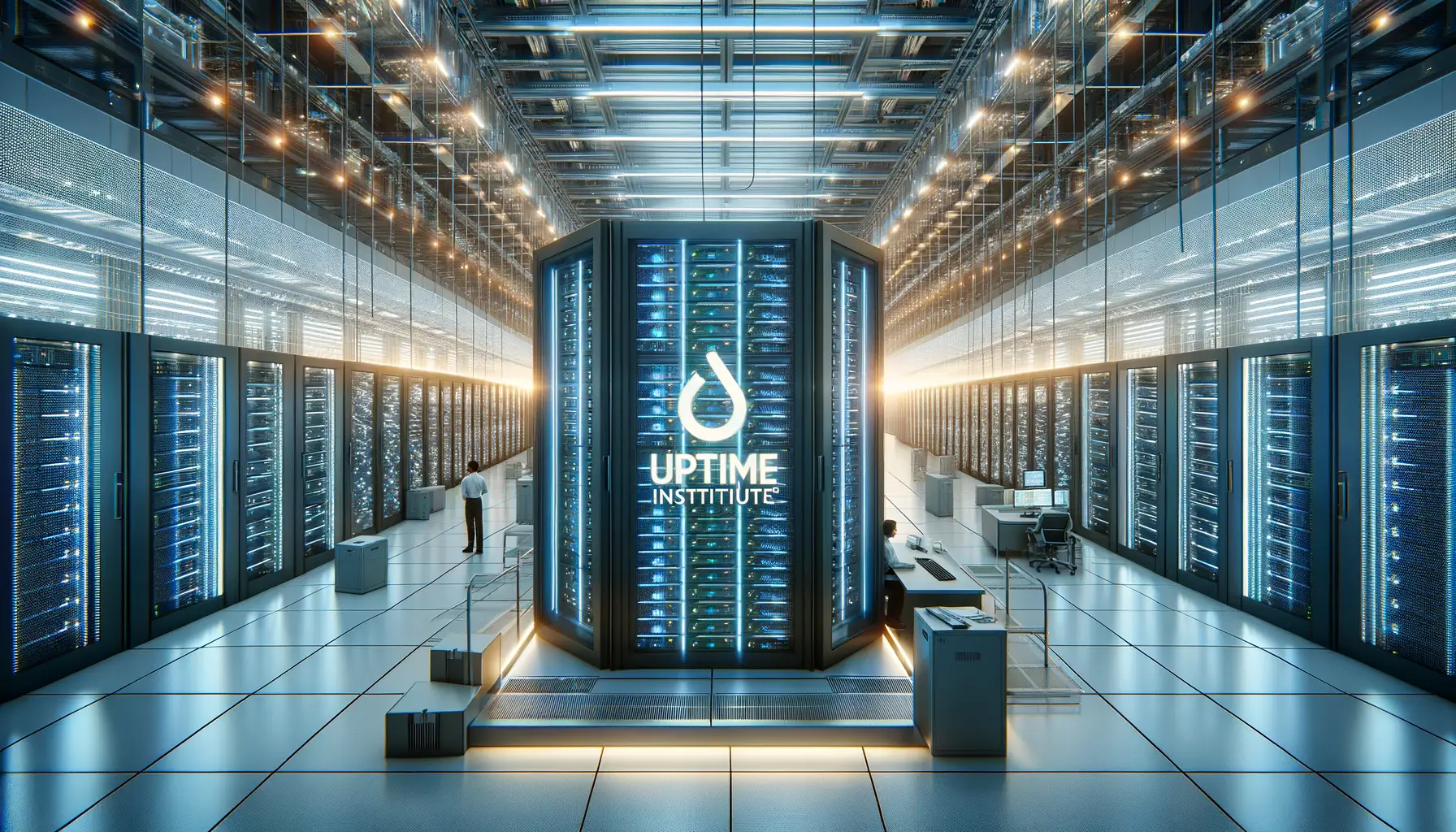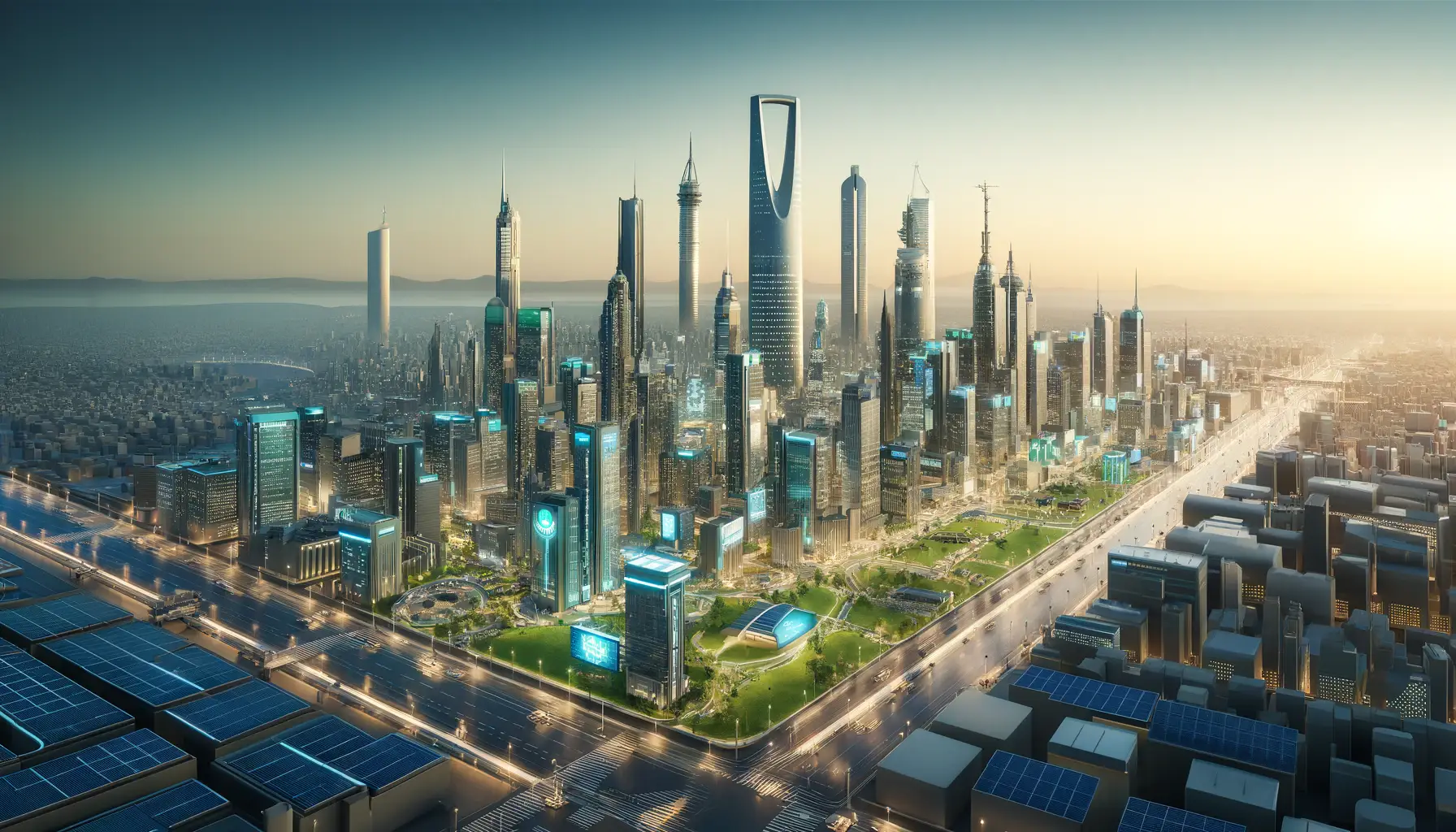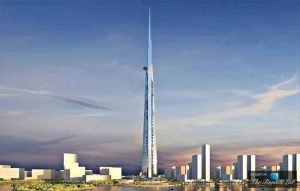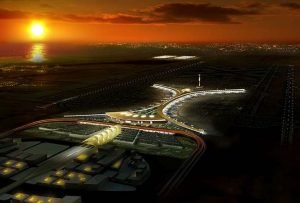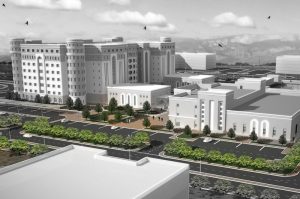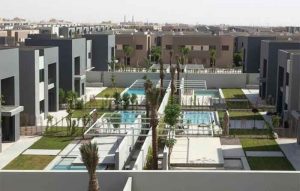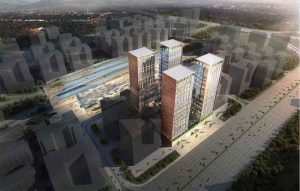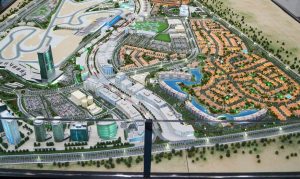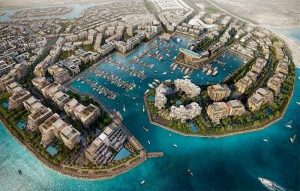In a bid to enhance sustainability, reduce energy consumption, and mitigate environmental impact, Saudi Arabia has embarked on an ambitious journey towards establishing a robust District Cooling infrastructure. With a target of achieving 3 million tons of refrigeration (TR) capacity within the next decade, the Kingdom is not only setting a precedent for sustainable urban development but also fostering a conducive environment for economic growth and social well-being.
Why District Cooling?
District Cooling offers a centralized cooling solution that provides chilled water to multiple buildings within a designated area. Unlike traditional air conditioning systems, District Cooling reduces energy consumption, greenhouse gas emissions, and operational costs while ensuring reliable and efficient cooling for residential, commercial, and industrial facilities. This centralized approach aligns with Saudi Arabia’s vision of sustainable development and energy efficiency, making it a cornerstone of the nation’s environmental strategy.
The 10-Year Roadmap
The Kingdom’s roadmap towards achieving the 3 million TR District Cooling target entails a comprehensive strategy focusing on infrastructure development, policy formulation, regulatory frameworks, and stakeholder engagement. Key components of this roadmap include:
1. Infrastructure Investment: Saudi Arabia plans to invest significantly in the construction of District Cooling plants, distribution networks, and associated infrastructure across major cities and urban centers. This investment will not only expand the reach of District Cooling services but also stimulate economic growth and job creation.
2. Technology Adoption: Embracing advanced technologies and innovative solutions is crucial for enhancing the efficiency and reliability of District Cooling systems. The Kingdom aims to leverage state-of-the-art equipment, smart meters, and digital monitoring tools to optimize energy usage, minimize wastage, and improve overall performance.
3. Policy Shifts: To facilitate the widespread adoption of District Cooling, Saudi Arabia is poised to implement policy shifts that promote its integration into urban planning and development frameworks. This includes incentivizing developers to incorporate District Cooling systems in new construction projects, mandating energy efficiency standards, and streamlining approval processes for infrastructure deployment.
4. Regulatory Frameworks: Establishing robust regulatory frameworks is imperative to ensure the equitable distribution of benefits and protection of stakeholders’ interests. Saudi Arabia intends to enact regulations governing District Cooling operations, pricing mechanisms, service quality standards, and environmental compliance to foster transparency, accountability, and fair competition.
5. Stakeholder Engagement: Engaging stakeholders, including government entities, private sector players, community representatives, and end-users, is essential for garnering support, fostering collaboration, and addressing concerns. The Kingdom plans to facilitate dialogue, workshops, and public consultations to solicit feedback, address grievances, and build consensus on District Cooling initiatives.
Recalibrations for Sustainable Development
The success of Saudi Arabia’s District Cooling endeavor hinges on recalibrations that prioritize sustainability, resource conservation, and stakeholder welfare. These recalibrations encompass:
1. Environmental Protection: Implementing regulations and standards to mitigate environmental impact, such as minimizing water consumption, reducing carbon emissions, and preserving biodiversity, is paramount. The Kingdom aims to enforce stringent environmental protocols and incentivize eco-friendly practices to safeguard natural resources and mitigate climate change effects.
2. Consumer Protection: Ensuring affordability, reliability, and quality of District Cooling services is essential to protect the interests of building owners and end-users. Saudi Arabia plans to institute pricing mechanisms that reflect actual costs, promote energy efficiency, and prevent monopolistic practices, thereby enhancing consumer welfare and market competitiveness.
3. Capacity Building: Building local capacity through training, education, and skill development programs is crucial for fostering a sustainable District Cooling ecosystem. The Kingdom aims to empower local workforce, contractors, and service providers with the requisite knowledge, expertise, and technology transfer to support the growth and maintenance of District Cooling infrastructure.
4. Innovation and Research: Encouraging research, development, and innovation in District Cooling technologies and practices can drive continuous improvement and long-term sustainability. Saudi Arabia intends to invest in research institutions, technology hubs, and collaborative partnerships to spur innovation, address emerging challenges, and capitalize on opportunities for advancement.




